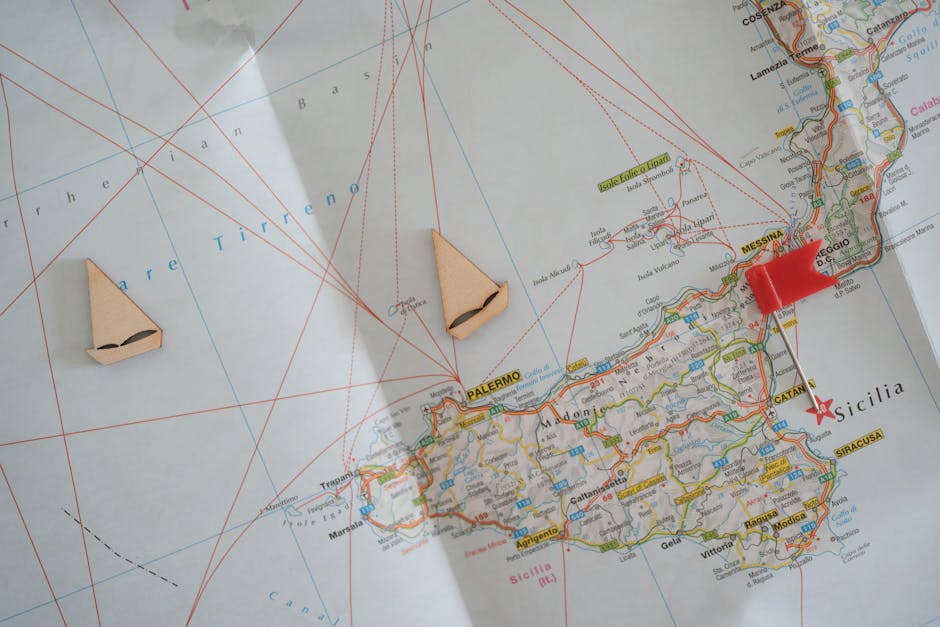
Italy, a land of rich history, captivating landscapes, and unforgettable culinary delights, remains a top destination for travelers worldwide. As you plan your journey to this enchanting country in 2025, understanding Italy’s travel visa and entry requirements is essential for a hassle-free experience. This comprehensive guide will walk you through every step of the process, ensuring you have all the necessary information to enjoy a seamless entry into Italy.
Understanding Italy’s Visa Requirements: Do You Need a Visa?
Before packing your bags for Italy, it’s crucial to determine whether you require a visa. Italy is a member of the Schengen Area, which means that its visa requirements align with Schengen regulations. Here’s what you need to know:
- Citizens of the European Union (EU): EU citizens can travel to Italy without a visa, using just a valid passport or national ID card.
- Citizens of the United States: U.S. travelers can enter Italy and the Schengen Area visa-free for short stays of up to 90 days within a 180-day period for tourism, business, or family visits.
- Other Nationalities: Travelers from other countries should check if their country has a visa exemption with the Schengen Area or if they need to apply for a Schengen Visa before traveling.
If you need a visa, understanding the types available and their requirements will help streamline your application process.
Types of Visas for Italy
Italy offers several visa categories based on the purpose of your visit. Here’s a breakdown of the most common types:
- Schengen Visa (Short Stay): This visa allows you to stay in Italy for up to 90 days for tourism, business, or family visits. It is valid for other Schengen countries as well.
- National Visa (Long Stay): If you plan to stay in Italy for more than 90 days, you’ll need this visa. It covers purposes like study, work, or family reunification.
- Transit Visa: This visa is for travelers passing through Italy to another destination outside the Schengen Area.
How to Apply for an Italy Visa
Applying for an Italian visa involves several steps. Here’s a simplified guide to help you navigate the process:
- Determine Your Visa Type: Assess the purpose and length of your stay to choose the appropriate visa category.
- Gather Required Documents: Commonly required documents include a completed application form, valid passport, recent passport-sized photos, travel itinerary, travel insurance, proof of accommodation, and financial means.
- Schedule an Appointment: Book an appointment with the Italian consulate or visa application center in your country to submit your application and biometrics.
- Pay the Visa Fee: Visa fees vary depending on the type and category. Ensure you have the correct payment method accepted by the consulate.
- Attend the Visa Interview: Be prepared to answer questions regarding your travel plans and provide any additional documentation if requested.
- Wait for Processing: Visa processing times can vary, so apply well in advance to avoid any last-minute stress.
Entry Rules for Italy in 2025
Entering Italy smoothly also means being aware of the entry rules and regulations. Here’s what you need to know for 2025:
- Valid Passport: Ensure your passport is valid for at least three months beyond your planned departure date from Italy.
- Travel Insurance: Having valid travel insurance covering medical emergencies is mandatory for entry.
- Proof of Accommodation: Be ready to present your hotel booking or accommodation details upon arrival.
- Return or Onward Ticket: Border control may ask you to show proof of return or onward travel.
Traveling During COVID-19
While the world is moving towards managing COVID-19 pragmatically, certain protocols may still be in place in 2025. Always check for the latest updates regarding vaccination or testing requirements before your trip.
FAQ
Do U.S. citizens need a visa to travel to Italy?
U.S. citizens can travel to Italy for up to 90 days without a visa for tourism, business, or family visits.
What documents are required for an Italian visa?
You typically need a valid passport, completed application form, recent photos, travel itinerary, travel insurance, proof of accommodation, and evidence of financial means.
How long can I stay in Italy with a Schengen Visa?
A Schengen Visa allows you to stay in Italy (and the Schengen Area) for up to 90 days within a 180-day period.
What should I do if my visa application is denied?
If your visa application is denied, you can appeal the decision or reapply with additional documentation to address the reasons for denial.
Can I work in Italy with a tourist visa?
No, you cannot work in Italy on a tourist visa. You must apply for a work visa or permit if you intend to work.
Conclusion: Enjoy Your Italian Adventure
With a thorough understanding of Italy’s travel and visa requirements, you’re well on your way to planning an unforgettable trip. Whether you’re exploring the historic streets of Rome, savoring Tuscan wines, or enjoying the scenic Amalfi Coast, Italy offers endless experiences. By preparing ahead and ensuring all your documentation is in order, you can focus on creating lasting memories in this captivating country. Buon viaggio!


